Collector Jason Li on why NFTs make art available to all
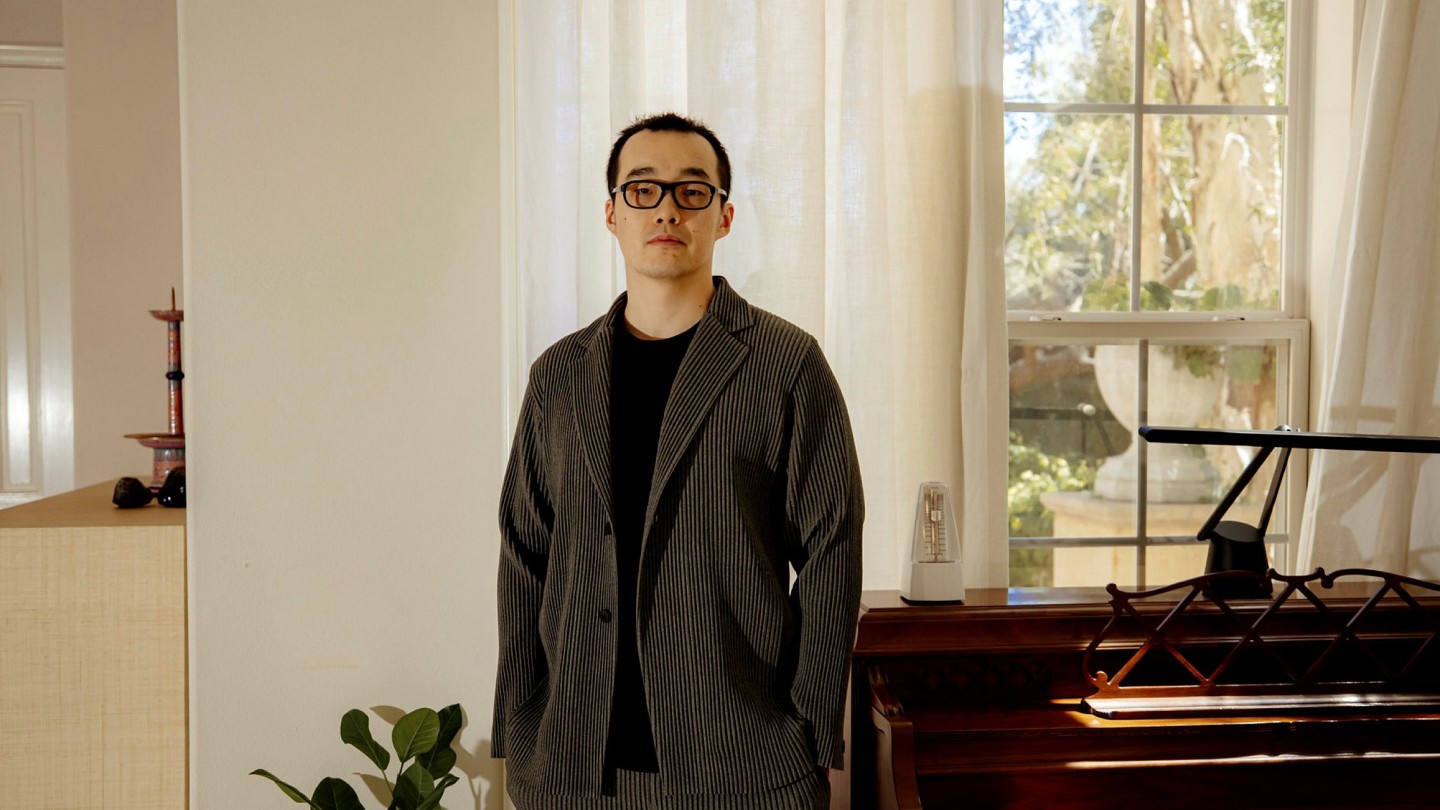
Roula Khalaf, Editor of the FT, selects her favourite stories in this weekly newsletter.
There can be few collectors in the world whose tastes range from Kangxi porcelain to NFTs and are still only in their thirties. But Los Angeles-based Jason Li, who left mainland China to study in the US, then founded and ran a China-focused sports agency, got the contemporary art bug and now has 1,000 non-fungible tokens as part of his art collection.
If that was not enough, he is on the Artists Council of young donors to the Whitney Museum of American Art and has recently helped fund Horizon, a non-profit residency programme in Los Angeles, and Outland, a for-profit platform for digital art. It feels like quite a lot for someone who also has two small children.
“I started with ceramics,” he says over Zoom from his home in Orange County, California, “but along the way I met collectors of contemporary art, and the rest is history, as they say. I love to interact with different artists and my participation with the Whitney has given me so much scope to learn about contemporary art.”
His family collected art since he was very young, mainly traditional antiques. “My great-great-grandfather was a doctor in a palace during the Qing dynasty and we still have a few of the ceramics he collected — the bowls for acupuncture needles, for instance — although much was destroyed during the Cultural Revolution.”
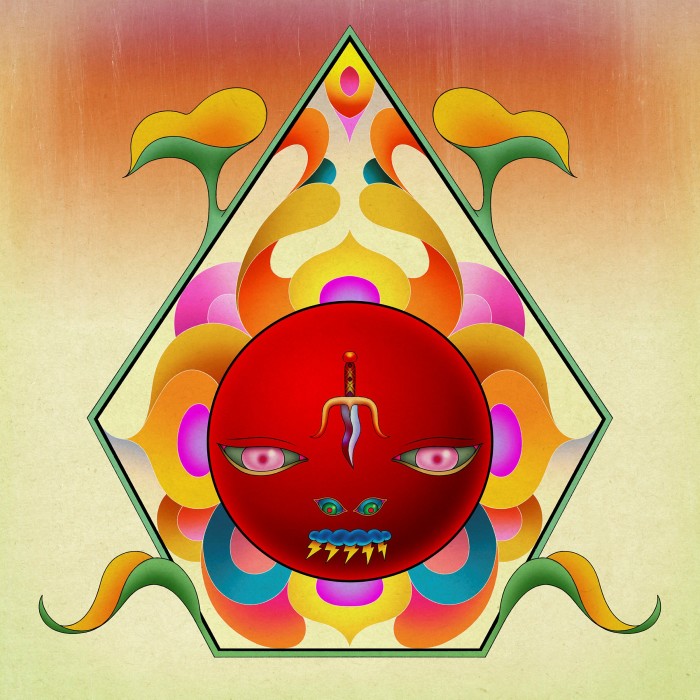

In 2006, he left his home in Liaoning province, north-east China, to study computer science at the University of Southern California; he has remained in the state ever since. “I did some coding work, but realised it was not my passion — I really loved sports, and for 12 years I ran a sports agency, which I co-founded, representing players and mainly focused on basketball. But now with my new ventures, I am a silent partner.”
He has a modest collection of Chinese ceramics, mainly buying at auction, but has been drawn more to contemporary art, in part inspired by meeting other collectors and learning from artists about their motivations for making. His first purchase was an Andy Warhol photograph from the artist’s 1982 tour of Beijing, but since then he has focused on more emerging artists such as Owen Fu — he has a work showing two brothers during the Covid lockdown (untitled, 2020).
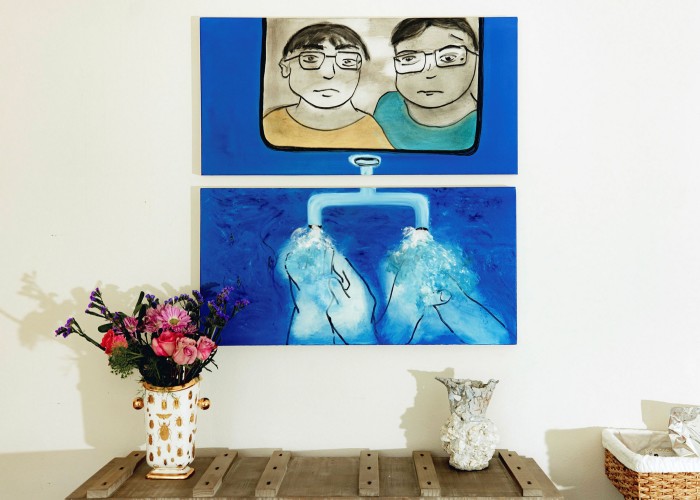
Other emerging artists he has bought are Alannah Farrell and Christian Newell, alongside more established names — Cao Fei, Tala Madani, Eddie Martinez and Sergej Jensen. “I feel a connection especially to minority artists, a lot of them are overlooked. I really want to support them.” He reckons his collection now numbers in the low hundreds.
But I am really interested in talking about NFTs, of which he has a huge collection. When I express surprise at the number, he says, “This new medium really lowers the entry point for the majority of buyers,” and explains that many are “airdrops”, meaning that they are sent to him for free, as marketing promotions.
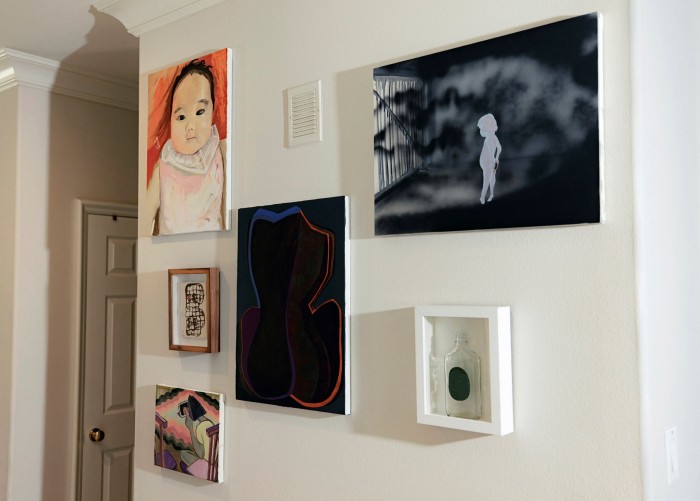
A short primer on NFTs: they are lines of code kept on a decentralised blockchain and are associated with (mainly) digital assets, in this case works of art. An NFT is both a certificate of authenticity and of ownership of such assets. “I started in about 2020 to buy NFTs, and I keep them in a cold wallet for safety,” he says. (A cold wallet is a device not connected to the internet, so it’s far less vulnerable to theft or hacking.)
“I am very interested in new technology, and am an art collector, so it was natural for me to be interested in NFTs,” he says. It was a slam dunk then, I suggest, alluding to his interest in basketball. This brings a rare laugh from him: he is very serious for most of our talk.
So how does he share or display his NFTs? “I use a site called Oncyber, which is like an online gallery; you are sort of curating your own show. But I am more interested in what technology can do in the future, for example displaying works as a hologram. It gives you a perspective that a flat screen cannot do. The technology is still super-early in this space.”
The NFTs which catch his eye tend both to involve a creative use of the technology and to have a story. He cites two examples that interest him, both launched through Outland. One is James Jean’s Fragments, a series comprised of 7,000 digital stained-glass NFTs inspired by an architectural sculpture. Another is a project by Ian Cheng, an extension of his Life after Bob anime series about living with AI.
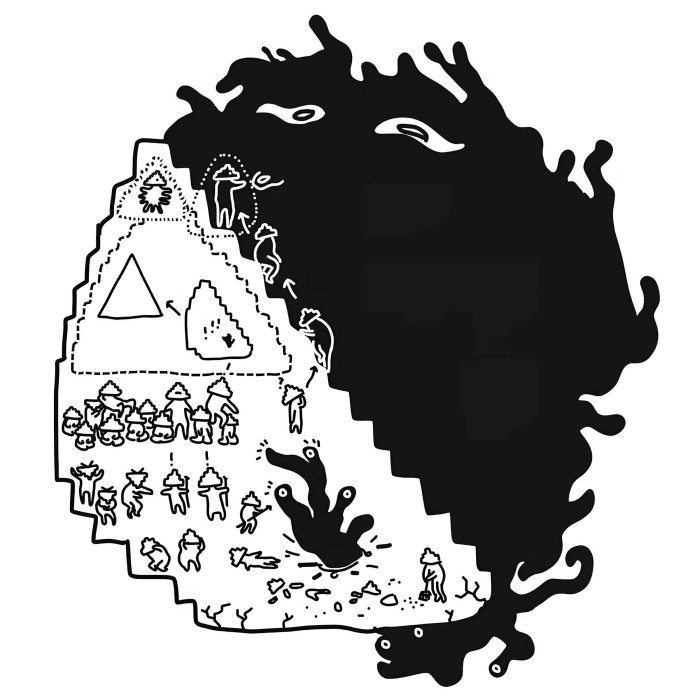
He says his taste has evolved from figurative to more abstract. “That is something I want to focus more on, but the most important thing for me is to fall in love with the work. When I see something I really like, I will do some research and take it from there.”
So will his three collections continue to evolve at the same pace, or will he prefer one of the components? He thinks for a moment: “I couldn’t make a precise prediction, but what I will say is that I think the boundaries between the different media are becoming blurred, and as the NFT landscape becomes less volatile, people will realise that this is just another medium they can collect in.
“For me as a collector, I am primarily driven by curiosity and I am constantly exploring — the art, the artists, the evolving technology and the way they use it.”
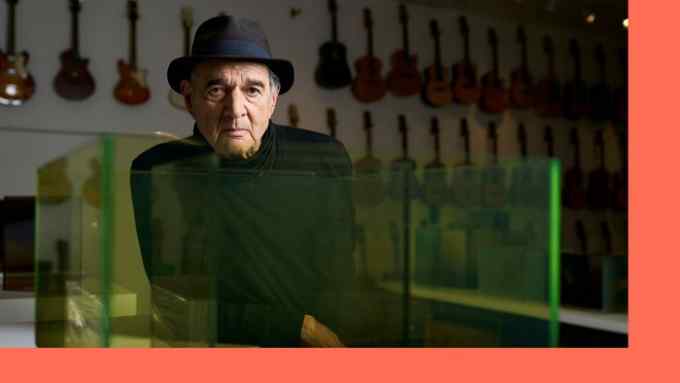
Comments